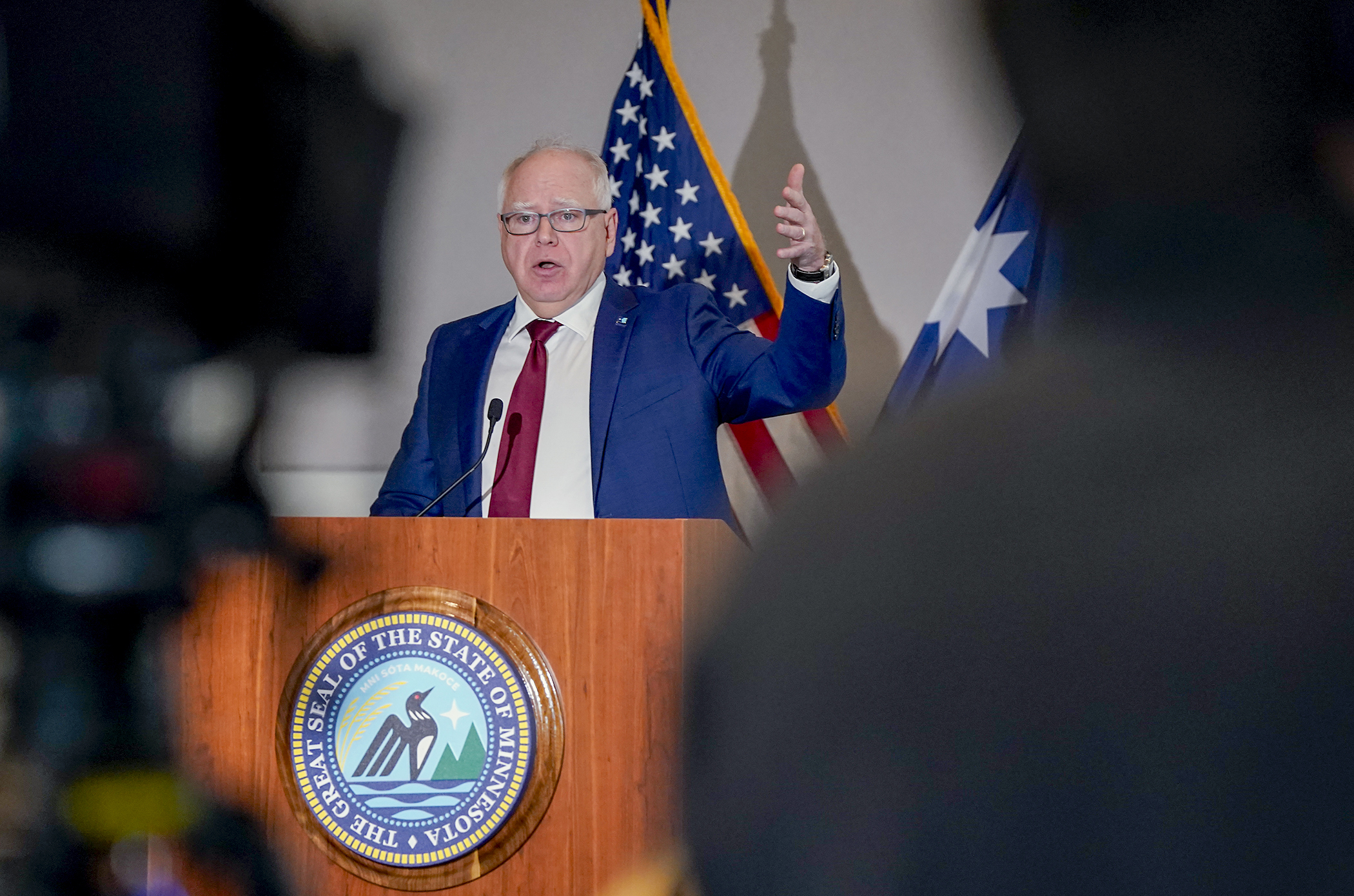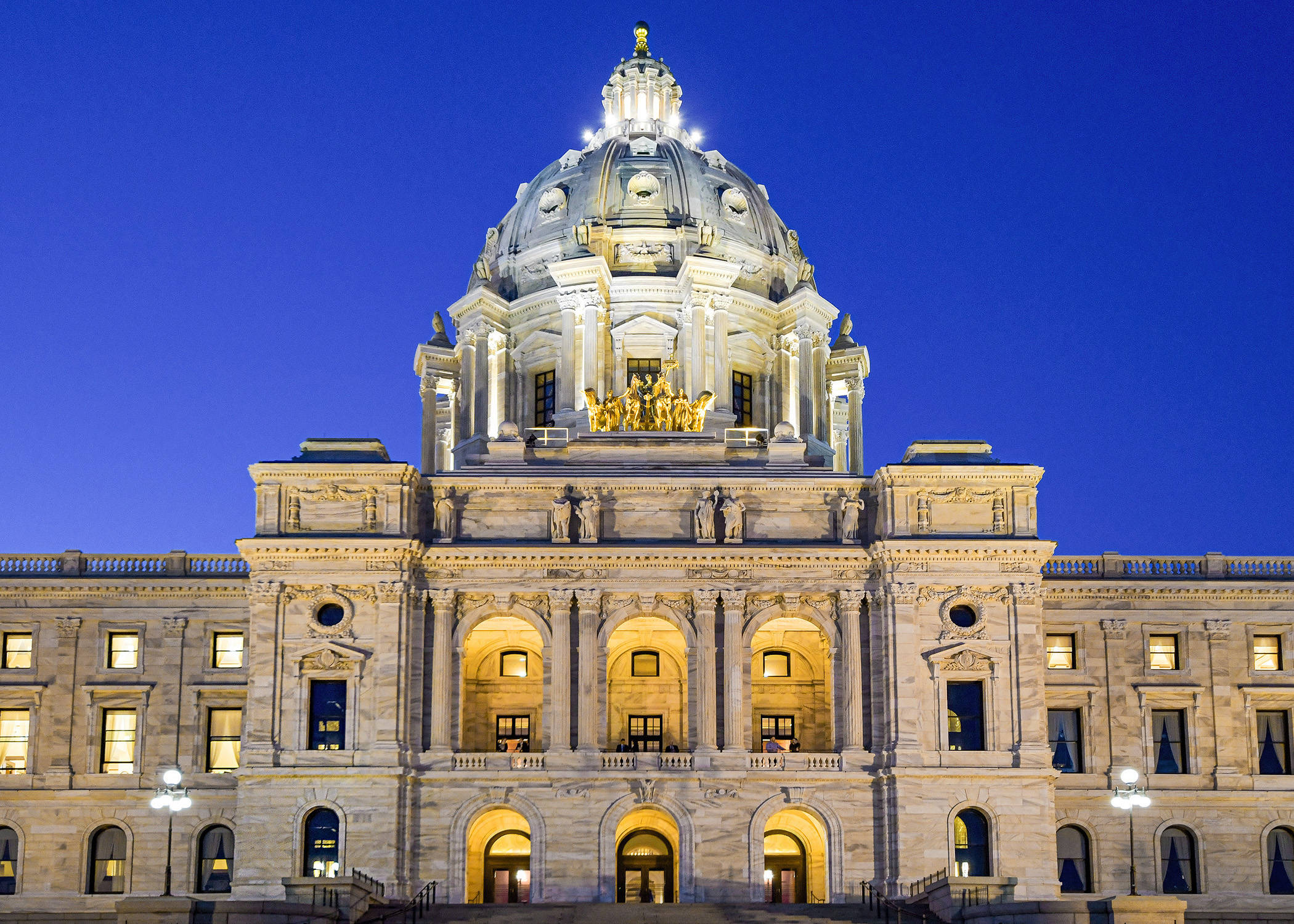House passes bill making minor redistricting corrections
Redrawing the state’s legislative and congressional district boundaries is a complicated process, but one the Minnesota Constitution requires each decade to reflect population growth and shifts.
That was the case again in the wake of the 2020 Census. But, after the Legislature failed to agree on new maps by the deadline which officials said must be met for the 2022 election cycle to proceed on schedule, a five-judge panel stepped in and released new legislative and congressional district maps in February.
A bill passed by the House 126-0 on Thursday, seeks to make a handful of corrections on those maps.
Sponsored by Rep. Mary Murphy (DFL-Hermantown) and Sen. Mark Johnson (R-East Grand Forks), HF4709/SF4476* would make minor changes to boundaries in legislative District 15 in central Minnesota; District 16 in western Minnesota; and District 58 south of the Twin Cities.
For example, during the redistricting process the legislative district for Granite Falls Township was split in two, with almost all residents assigned to District 16A. But a census block containing three registered voters was also assigned to District 15A. Left uncorrected, this would require a separate voting precinct for those three voters, raising privacy issues as it would be obvious how they had voted.
The bill would move those voters back to District 16A.
Changes would also be made in the Seventh and Eighth Congressional Districts.
Murphy said that while most people had been considering the political implications of the new maps, government officials had been reviewing them to make sure there were no problems that would “impede the ability to administer elections” or issues that would threaten voters’ privacy.
“We were only going to zero in on principles, on cases in a district where there’s a recommendation and a solution for assuring that no one would be able to tell how a small group of people were voting,” Murphy said. “Their privacies must be protected. That was the principle we were going to follow.”
Because the bill, which would also fix some technical language, was amended by a House committee, it now heads back to the Senate for concurrence.
Related Articles
Search Session Daily
Advanced Search OptionsPriority Dailies
Walz proposes slimmed-down 2026-27 state budget, sales tax changes
By Tim Walker This is an odd-numbered year, and so the Legislature is constitutionally required to craft a budget to fund the state government for the next two fiscal years.
Gov. Tim Walz...
This is an odd-numbered year, and so the Legislature is constitutionally required to craft a budget to fund the state government for the next two fiscal years.
Gov. Tim Walz...
House closes 2024 session in chaotic fashion, trading bonding for budget boosts
By Rob Hubbard It was a session of modest ambitions.
After 2023 produced a record $72 billion in biennial funding, Minnesota’s legislative leaders were dampening expectations for anything ...
It was a session of modest ambitions.
After 2023 produced a record $72 billion in biennial funding, Minnesota’s legislative leaders were dampening expectations for anything ...